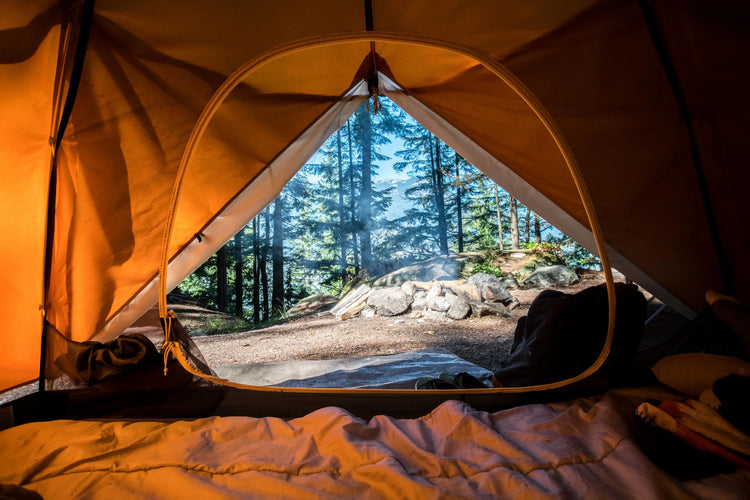Camping is an activity that can be enjoyed by people of all ages and backgrounds. Whether you’re a seasoned camper or a first-time adventurer, there’s always something new to learn and discover. In this article, we’ll explore the basics of camping, from choosing the right gear to setting up camp and enjoying the great outdoors.
1. Choose Your Gear
The first step in planning a successful camping trip is to choose the right gear. Camping can be a fun and affordable way to spend time in the great outdoors, but it’s important to have the right equipment. Consider the weather, the length of your trip, and the activities you plan to do before choosing your gear.
A tent is essential for most camping trips, and there are a variety of types and sizes available. Choose a tent that is large enough to accommodate all members of your group, and make sure it’s weatherproof and sturdy.
Other essential gear includes sleeping bags, sleeping pads, and camping chairs. A portable stove and cookware can be helpful for preparing meals and enjoying hot drinks. A cooler is also important for keeping food and drinks fresh.
2. Choose Your Location
Once you’ve chosen your gear, it’s time to choose the location for your camping trip. Consider the type of environment you prefer, whether it’s a wooded area, a mountain range, or a beach. Research different campgrounds in the area and read reviews from other campers to find the perfect spot.
When choosing a site, consider factors such as accessibility, proximity to amenities, and availability of hiking trails or other outdoor activities. Some campgrounds may offer RV sites or cabins, while others may be for tent camping only. Choose a site that meets your needs and preferences.
3. Prepare for Your Trip
Before heading out on your camping trip, it’s important to prepare properly. This includes packing the right gear and supplies, as well as researching the environment and weather conditions.
Pack plenty of food and snacks, and make sure to bring any necessary medications or first aid supplies. It’s also important to bring plenty of water or a water filtration system.
Research the environment and weather conditions so you can prepare for any potential hazards or challenges. Be sure to bring appropriate clothing for the weather, including rain gear or warm layers if needed.
4. Set Up Your Campsite
Once you’ve arrived at your camping location, it’s time to set up your campsite. Choose a level spot for your tent and clear away any debris or hazards. Make sure to follow any campground rules or regulations, such as fire restrictions or quiet hours.
Set up your tent and other equipment, such as your stove and chairs. Create a designated area for food and garbage, and make sure to keep it clean and organized.
5. Enjoy the Great Outdoors
Now it’s time to enjoy your camping adventure! Explore the surrounding area by hiking, fishing, or swimming. Take in the natural beauty and wildlife, and spend time relaxing around the campfire.
Remember to follow leave-no-trace practices and respect the environment and other campers. With a bit of preparation and planning, camping can be a fun and rewarding way to reconnect with nature and enjoy the great outdoors.

